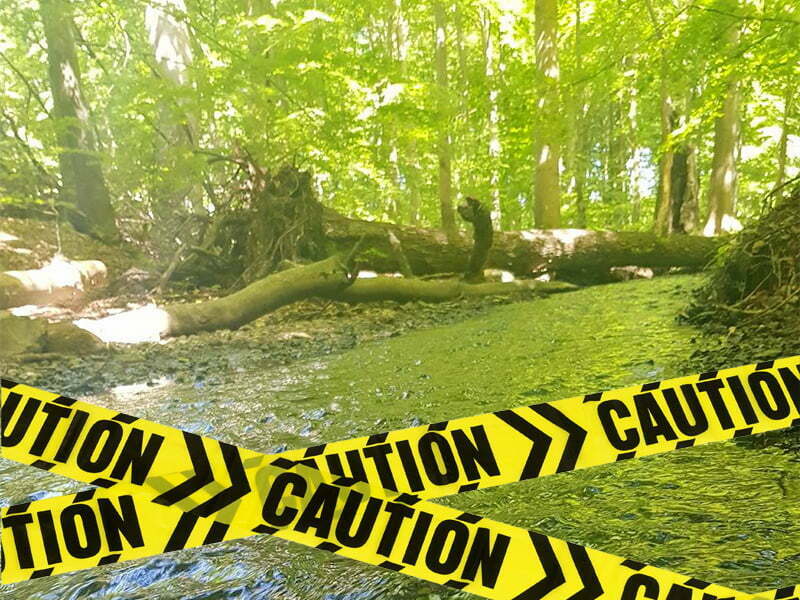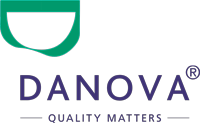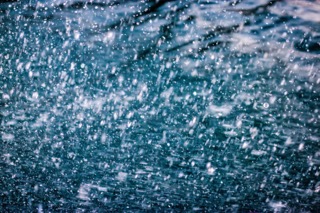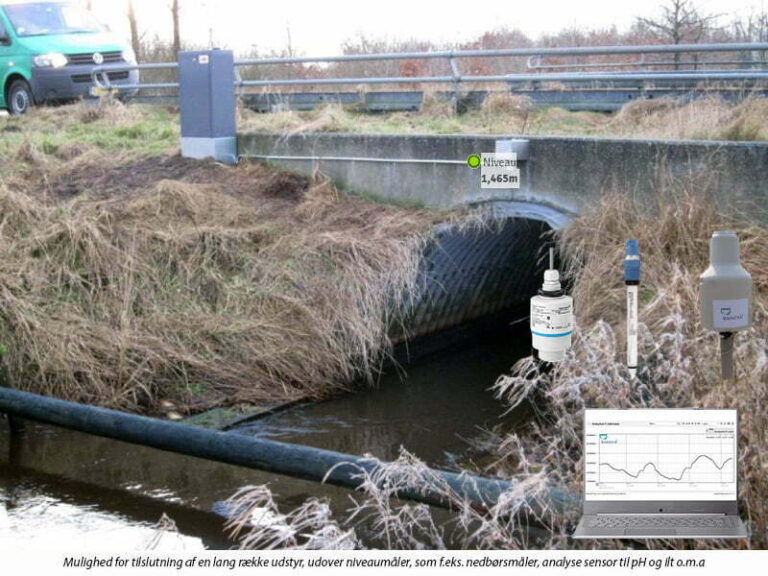
Hvornår bliver det sikkert at bade efter regnvejr?
Hvornår bliver det sikkert at bade efter regnvejr?
– Når økonomi og faglighed mødes
For et år siden var udledning af spildevand fra overløb i søer og åer, meget i mediernes søgelys.
Miljøminister Lea Wermelin blev kaldt i samråd for at redegøre for, hvordan regeringen ville løse problemet. Ud fra resultatet af samrådet, kunne det konkluderes, at der først og fremmest mangler overblik over hvor meget spildevand det drejer sig om. Med andre ord: Der mangler klare præcise måledata, der kan understøtte en mulig løsning på problemet. Hertil meldte ministeren ud, at anskaffelse af disse data fra landets ca. 5000 overløb, vil løbe op i en samlet pris på et sted mellem 200 og 300 millioner om året.
Dengang gav vi vores bud på en løsning til problemstillingen, samtidig med, at vi forsøgte at nuancere debatten lidt, ved faglige betragtninger af vigtigheden ved at medregne faktorer som opspædt spildevand, samt en ensartet national metode til indberetning af udledt spildevand m.m.
Artiklen kan læses her: Artikel
Dengang, som nu, gælder det, at et reelt faktabaseret overblik over spildevandsafledningen kun kan opnås ved valide ensartede målemetoder.
I artiklen giver vi vores bud på den ultimative overvågning af overløb og indsamling af præcise måledata: Et script der tager højde for de forskellige måder at beregne udledning af spildevand; Flowmåling enten som beregnet via niveaumåling eller ved en reel flowmåling, evt. kombineret med et visuelt overblik over bygværket med D-Eye, for at undgå tilstoppede riste m.m. og endeligt, ved en stabil overførsel af data via mobile eller stationære dataloggere; D-Log serien.
Dertil skal siges, at vores løsning, ved køb af udstyret, og med en afskrivning på 10 år, vil løbe op i ca. 10 millioner årligt for overvågning af samtlige overløbsbygværker – altså en væsentlig forskel på de estimerede 2- 300 millioner. Her skal det understreges, at det kun indledningsvist, vil være alle overløb der skal måles. Efter perioder med ekstrem regn, vil det hurtigt være klart, hvilke overløb der udleder mest spildevand, hvortil der vil kunne fokuseres på målinger/aflastninger af disse. Desuden er muligheden for at leje udstyret i en kortere periode (f.eks sommerperioden), naturligvis garanti for at prisen kan nedbringes yderligere.
Så med andre ord; Overvågning af landets overløbsbygværker og anskaffelse af solide måledata kan gøres på en absolut forsvarlig økonomisk måde. Dette er jo helt klart gode nyheder, da målingerne er nødvendige, i forhold til at få dæmmet op for problemet – for miljøets skyld.




